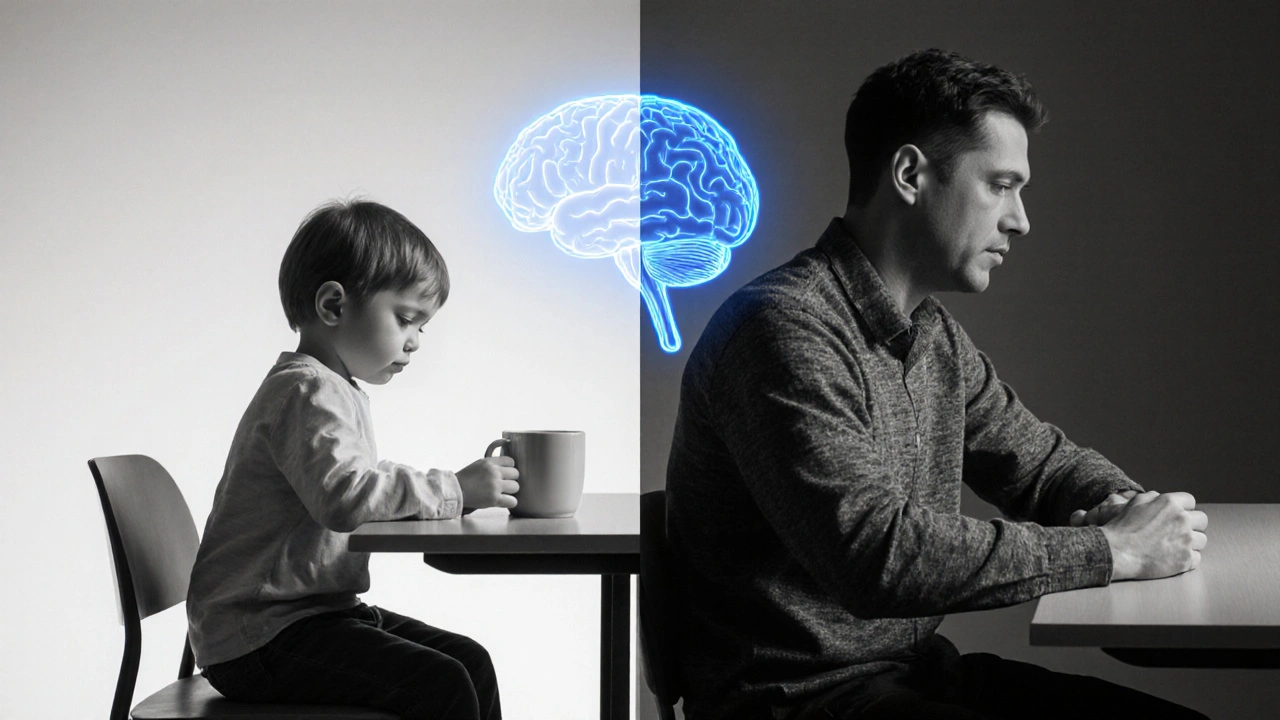ADHD Causes: What Triggers Attention‑Deficit/Hyperactivity Disorder?
When exploring ADHD, a neurodevelopmental condition marked by inattention, hyperactivity, and impulsivity. Also known as Attention‑Deficit/Hyperactivity Disorder, it impacts children and adults worldwide. Understanding ADHD causes helps you separate myths from evidence and guides you toward realistic expectations about management.
Key Factors Behind ADHD
The first major piece of the puzzle is genetic factors, heritable DNA variations that affect brain chemistry and development. Studies of twins show that if one sibling has ADHD, the other has a significantly higher chance of sharing the condition. These genetic signals often interact with the brain’s structural layout, another critical element. brain structure differences, variations in size and connectivity of regions like the prefrontal cortex and basal ganglia influence attention regulation and impulse control. Together, genetics and brain architecture form a biological foundation that predisposes individuals to ADHD.
Even with a strong genetic backdrop, the environment can tilt the balance. environmental influences, prenatal exposure to toxins, early childhood stress, nutrition, and screen time shape how genes express themselves. For example, maternal smoking or high lead levels during pregnancy have been linked to higher ADHD rates. Post‑birth, chaotic home settings, inconsistent schooling, or diets low in omega‑3 fatty acids can exacerbate symptoms. These factors don’t cause ADHD on their own, but they interact with the genetic‑brain framework to increase risk.
Finally, the brain’s chemical messengers play a direct role in symptom expression. neurotransmitter imbalances, irregular levels of dopamine, norepinephrine, and serotonin that govern attention and motivation are consistently observed in people with ADHD. Low dopamine activity, for instance, reduces the brain’s ability to filter distractions. This biochemical angle explains why stimulant medications, which boost dopamine and norepinephrine, often bring rapid relief. Recognizing the neurotransmitter piece completes the picture of how biology, structure, genetics, and environment converge.
By now you can see that ADHD causes aren’t a single blame‑game; they’re a web of interlocking pieces. Below you’ll find a curated set of articles that dive deeper into each of these strands—genetics, brain imaging, environmental risk factors, and treatment strategies that target neurotransmitter pathways. Use this guide to pinpoint which factors matter most for you or your loved one, and to make informed decisions about assessment and care.
ADHD Explained: Symptoms, Causes & Treatment Options
- Laura Ledas
- Jul, 14 2025
A clear, friendly guide to ADHD covering symptoms, causes, diagnosis, and treatment options for both kids and adults.
Learn More